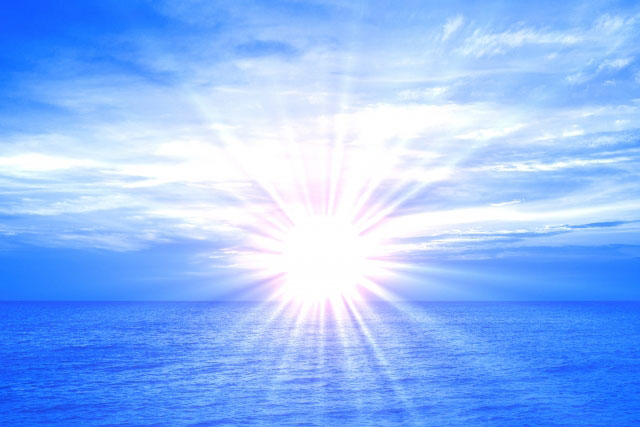This article is based on Japanese skin and constitution, and beauty information generally known in Japan. Foreigners have different constitutions from Japanese people, and the ingredients of cosmetics differ depending on the country, such as what is permitted and what is prohibited. Please refer to the information in Japanese.
Also, there may be translation errors. Please pardon.
What are UV rays that should be treated? Choose the perfect sunscreen for your skin from UV care cosmetics SPF and PA.
last updated:
The season has come to worry about sunburn due to UV rays.
Spring has suddenly come from mid-March, but the other day a man I know had a sunburn, so when I asked him about it, he said that he enjoyed boating on Lake Biwa. I remember a long time ago, when it was still snowing in March.
UV care cosmetics are indispensable for UV protection, which is becoming stricter in the summer. How do you choose UV care cosmetics?
Choose the best sunscreen for your skin from SPF and PA, and try to take more effective sun protection than ever before.

ultraviolet rays in the sun
The sun emits rays of different wavelengths, such as “gamma rays” and “X-rays”. “Ultraviolet rays” is one of them, and ultraviolet rays are divided into “A wave (UV-A)”, “B wave (UV-B)” and “C wave (UV-C)” in order of long wavelength.
Among them, “C waves” and “part of B waves” are absorbed by the ozone layer and do not reach the earth’s surface. Therefore, the ultraviolet rays that we need to take measures against are “A wave (UV-A)” and “a part of B wave (UV-B)”.
What are the effects of each type of UV light?
Ultraviolet A wave UV-A
90% of the ultraviolet rays that reach the ground are UVA rays, which have the longest wavelengths. It is this A wave that reaches the dermis of the skin and darkens the skin in daily life. Unfortunately for us, it also damages the elastin and collagen fibers that maintain the elasticity of the skin, causing wrinkles and sagging.
Ultraviolet B wave UV-B
B waves are characterized by high energy. It is highly scattering and comes toward the skin from various directions. Although it doesn’t reach as deep into the skin as wave A, it damages the epidermis and damages the genes of cells. The redness of the skin is due to this B wave, but like the A wave, it also increases melanin and causes skin darkening. It can also cause the skin to become irritated due to the lack of moisture in the epidermis.
SPF and PA
I will briefly explain the meaning of “SPF30” and “PA++” displayed on the package of UV cosmetics.
SPF
SPF indicates protection against UVB rays. It is a measure of how many times you can extend the time until you get a sunburn.
It is generally said that people with normal skin turn red in 25 minutes, but in the case of SPF24, for example, it means that it can be extended up to 24 times.
25 minutes x SPF24 = 600 minutes (10 hours)
PA
PA is a little trickier. PA stands for UV-A protection effect and is an indicator of immediate skin darkening that occurs 2-24 hours after UV-A irradiation.
UVAPF = Amount of UVA radiation that immediately darkens the skin with the product / Amount of UVA radiation that immediately darkens the skin without the product
PA+ UVAPF 2 or more and less than 4
PA++ UVAPF 4 or more and less than 8
PA+++ UVAPF 8 or more and less than 16
PA++++ UVAPF 16 or more
Approximate SPF and PA
For daily UV care cosmetics, SPF 10-20, PA+-PA++ is fine. If you play sports lightly outdoors or go out for leisure, “SPF15 to 35, PA++ to PA+++”, If you enjoy sports or leisure activities in places with strong UV rays, such as the sea or mountains, use “SPF30-60, PA++-PA++++”, When going abroad or in places where UV rays are stronger, use “SPF50 or higher, PA+++ to PA++++” as a guideline.
You may think, “If it’s strong, I’ll just cover it.” In addition to applying it once before you go out, you can reapply it every 2-3 hours to achieve the desired effect.


